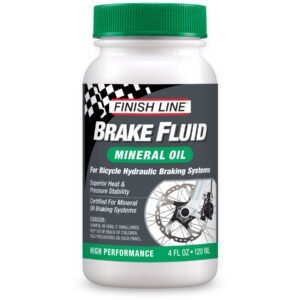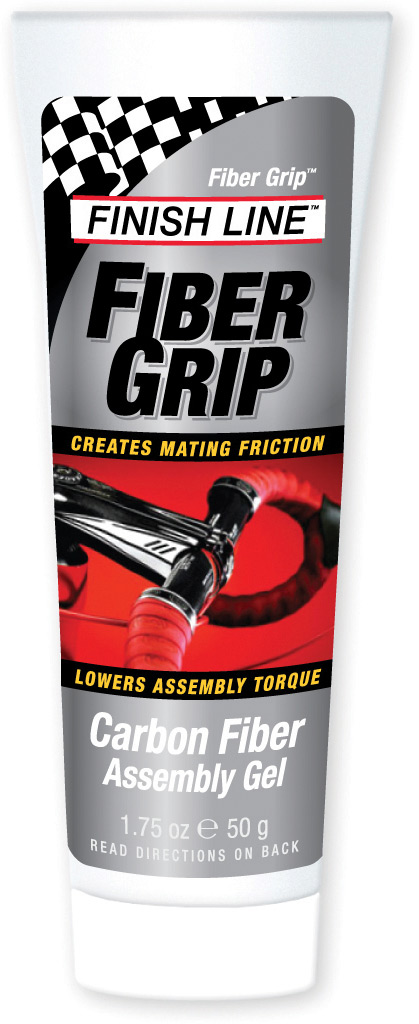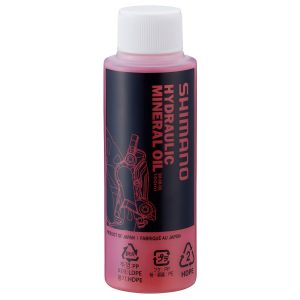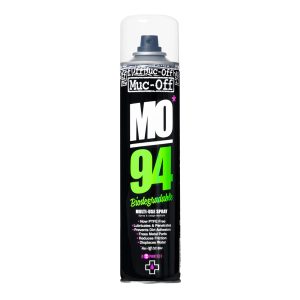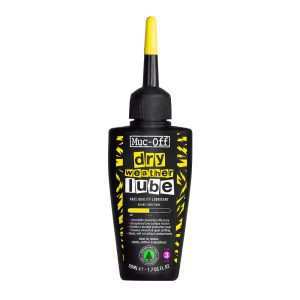Keep your bike running smoothly and efficiently with our range of bike lubricants, including chain oils, wet and dry lubes, and specialist maintenance greases. Regular lubrication reduces friction, prevents rust, and extends the life of your drivetrain, ensuring a smoother, quieter ride on every journey. Our selection includes wet lubes for riding in wet and muddy conditions, dry lubes ideal for dry and dusty trails, and all-weather lubricants for versatile year-round protection. We also stock high-performance ceramic lubes for maximum efficiency and specialist greases for bearings and suspension components. Perfect for road bikes, mountain bikes, gravel bikes, and e-bikes, these lubricants from trusted brands deliver long-lasting protection and reliable performance. Pair them with high-quality bike cleaners, degreasers, and maintenance tools to keep your drivetrain in top condition.
Showing 13–22 of 22 resultsSorted by price: high to low



